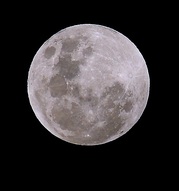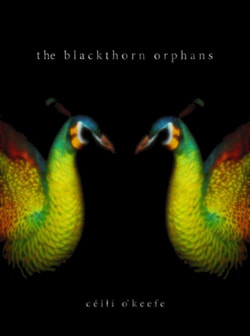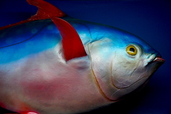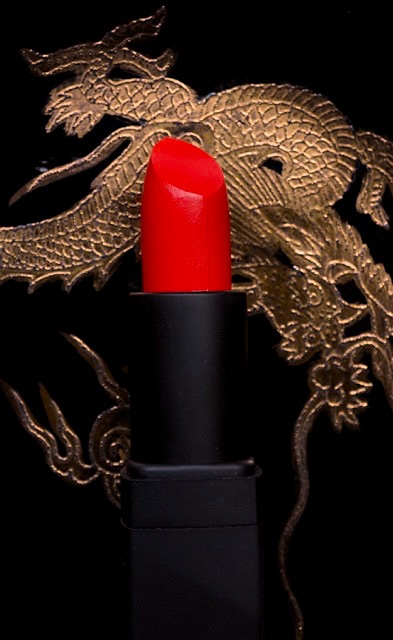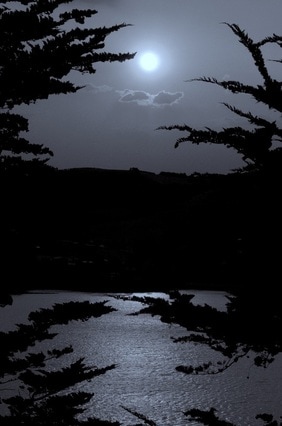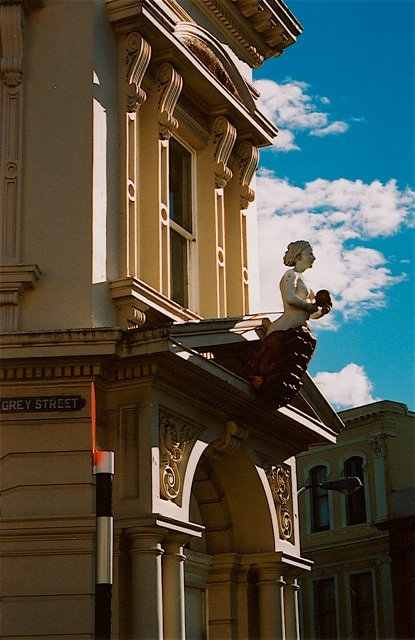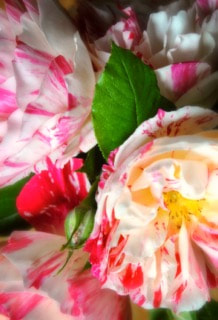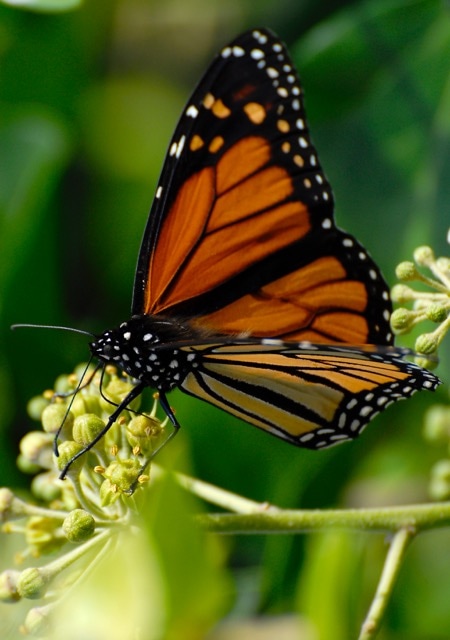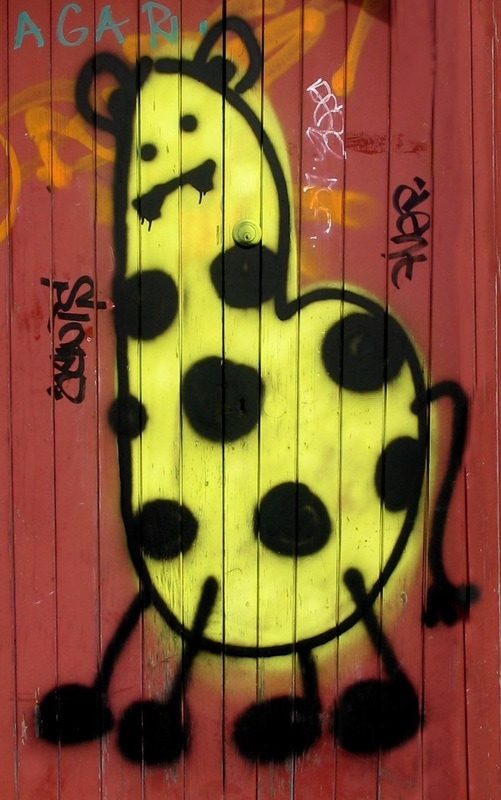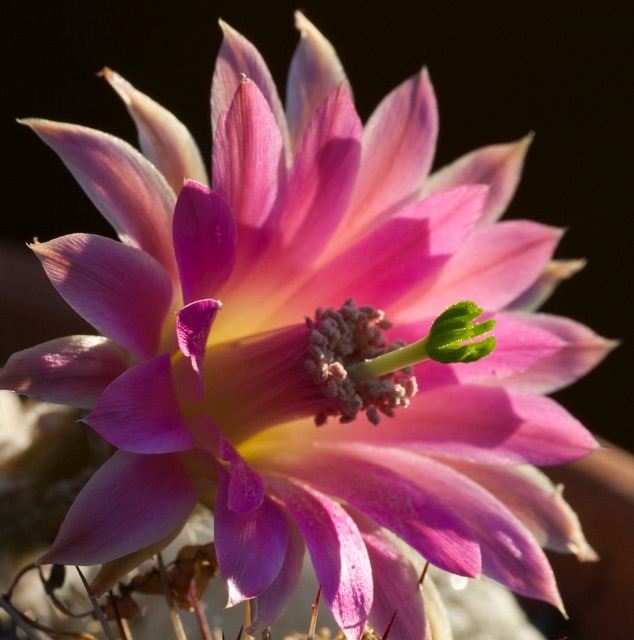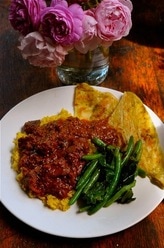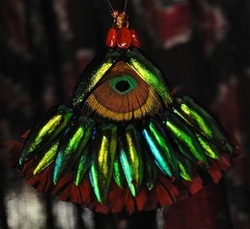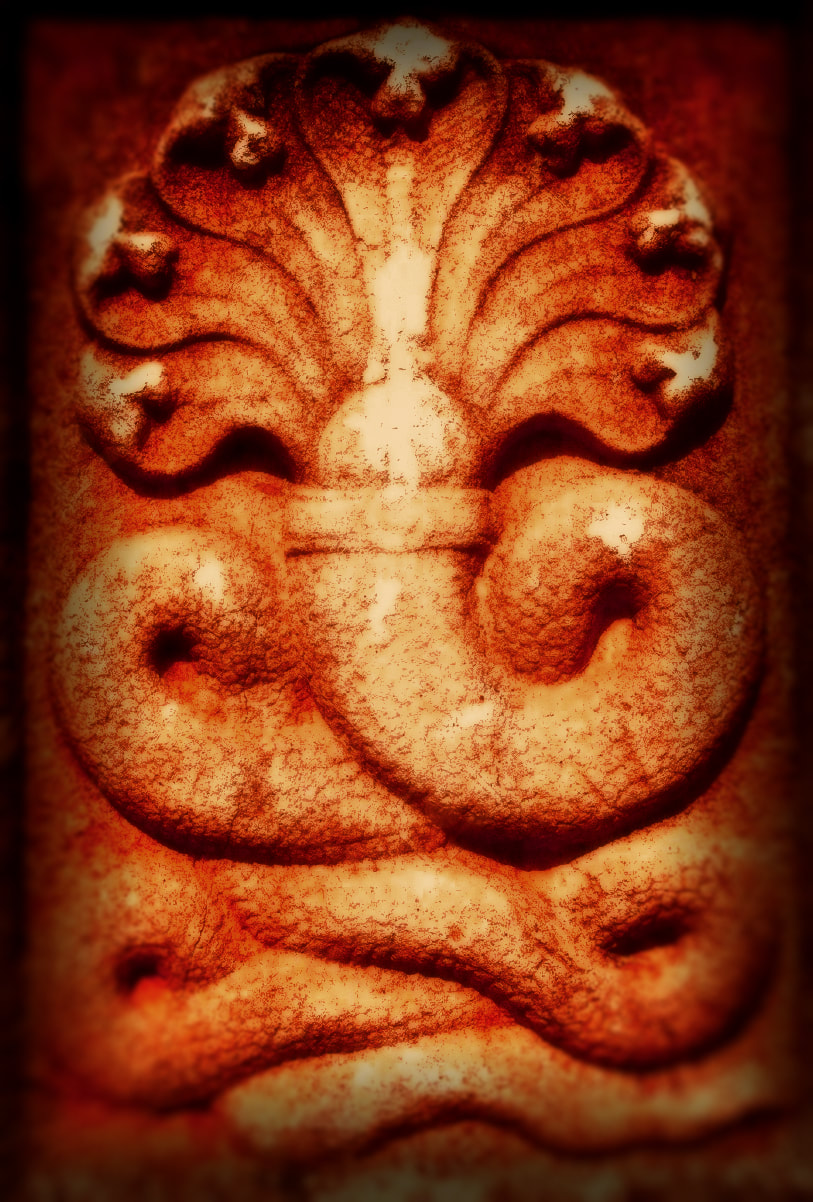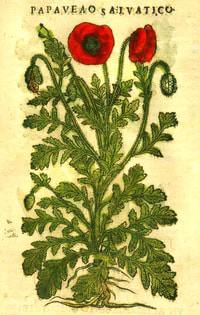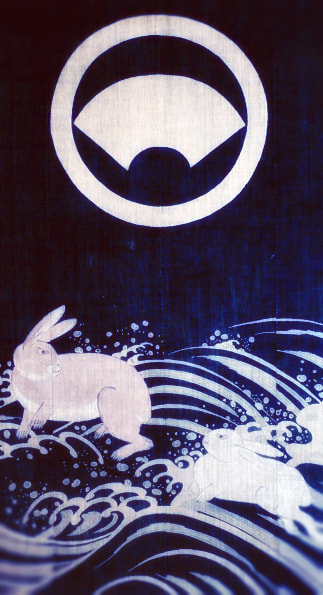A plum still bearing its velvety, violet, morpho-wing bloom is a thing of incontestable beauty.
Anyway- plums. Prune Stanley, to be precise, a continental as opposed to Japanese variety originally intended to supply a sweet plum low in acid and supposedly ideal for drying.
| We once had four or five different Japanese plums on our land, having been assured by 'experts' that they were perfect for home production; what bunch of bollocks that was. They flowered too early or not at all, lost every last blossom to the wind, refused to set, set two or three fruit and then shed them, or just sat gathering various intractable pathologies. After rooting around in some older publications I discovered that the wilding and colonial plums still fruiting so prolifically in our area were in fact English and European varieties intended for preserves etc. A greengage we'd planted had also done well, confirming my suspicions that local nurseries were just pushing whatever trees their suppliers preferred to propagate. Annoying, to say the least. So if, like us, you're somewhere relatively mild and coastal, subject to crap soils and strong winds, forget the Elephant Hearts and Omegas and go for the sturdier, later-flowering and less-fussy-about-pollination European plums. Prunes like the Prune Stanley are just a regular sweet-eating mid-season plum that require (or at least receive) no care and go about their business even in half-shade. |
| Who the fuck doesn't love plums? Someone who's never spent the first half of a hot summer day stuffing themselves stupid with juicy purple goodness and the second half earning a toilet seat-shaped indent on their arsicles, that's who. It's called Prune Stanley, the condition is plum bum, and we are hardened veterans. | < This year we (mostly) beat the birds that've been pecking at the ripening plums. Having picked what we could reach from the ground, it was time to put the Lovely R up a ladder. He's such a good boy and I'll risk someone else's neck for plums any day of the week. It's worth it- look at these violaceous beauties. Our is a youngish tree at about 5 years in situ and we haven't done a thing for it in regard to pruning or feeding. We've noticed a heavier crop in wetter years but this might be due to the supposed tendency to biennial or alternate fruiting in this variety. I do thin out what I can reach if it's looked like a monster set, but only if I think of it. |

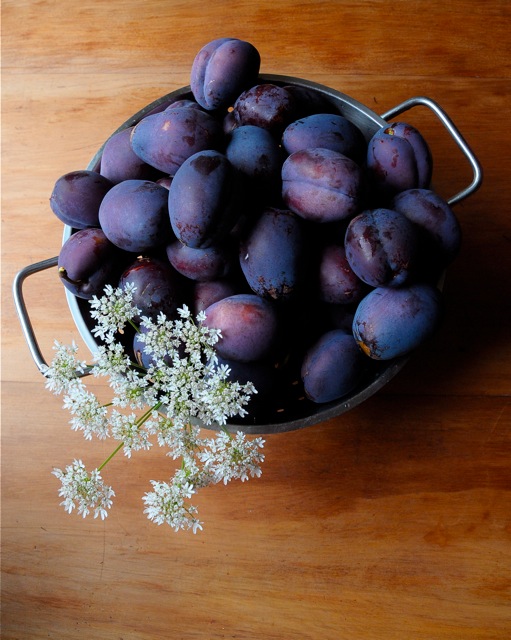
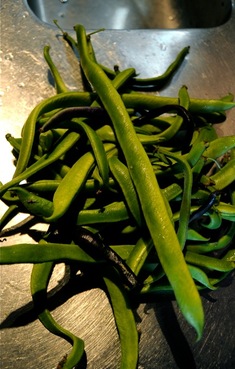
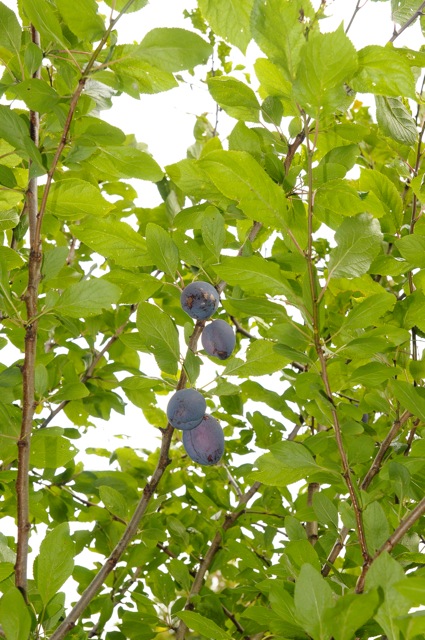
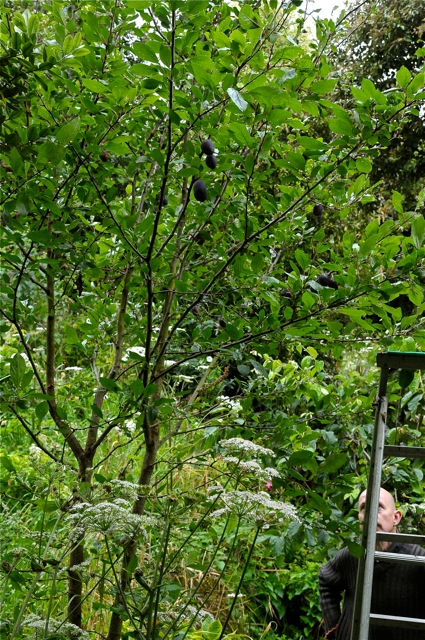
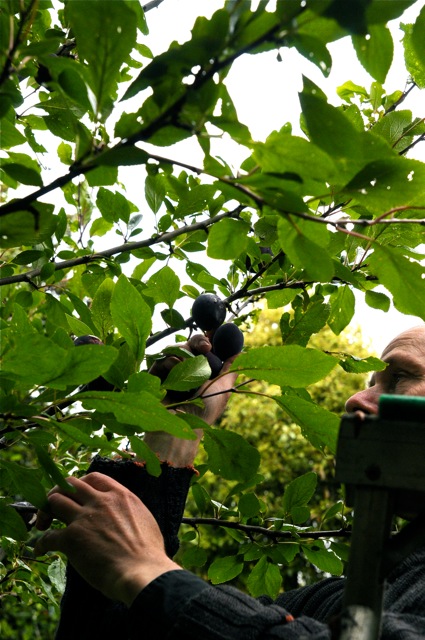
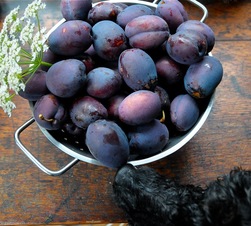
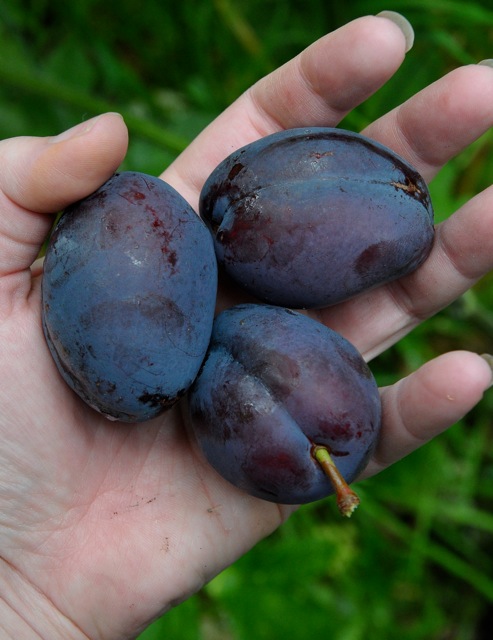
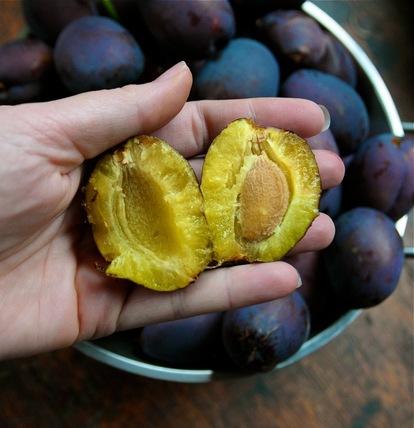
 RSS Feed
RSS Feed
